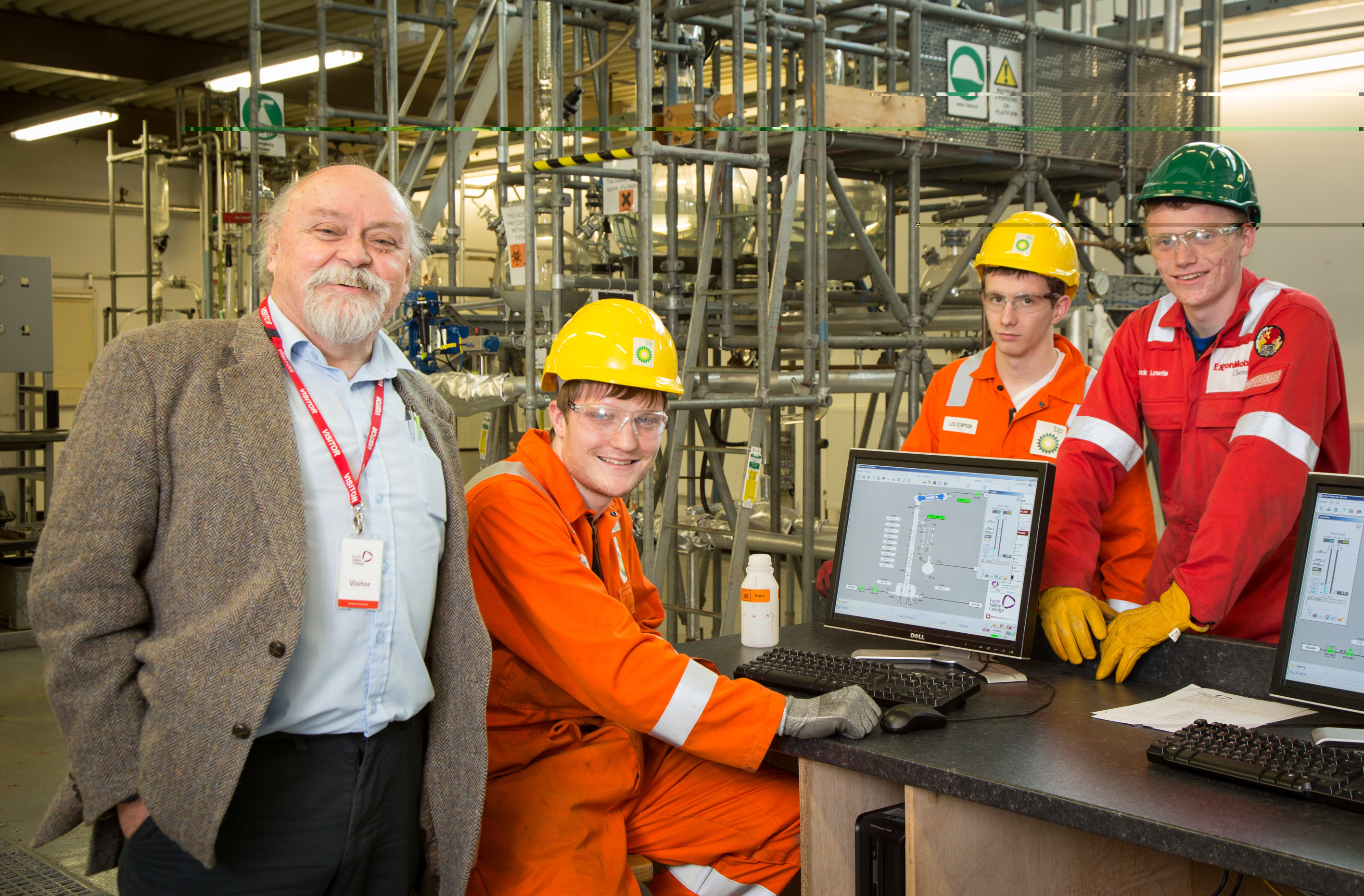As the oil and gas industry continues to go from strength to strength, the major barrier to long-term growth remains the frequently mentioned skills shortage.
Simply, there are not enough skilled workers to meet the industry’s demands.
A Scottish skills organisation, backed by the Scottish Funding Council, is seeking to address this fundamental problem and aims to drive talent into the oil and gas industry.
The Oil and Gas Academy of Scotland (OGAS) is helping to create the next generation of technicians and engineers. It wants to pull in people from all walks of life with the dual aim of strengthening the workforce in oil and gas and enabling people to build their own rewarding careers.
OGAS, which was formally launched at the Scottish Parliament last month, is delivering its plans in tandem with a range of higher education and industry partners.
OGAS director Rulzion Rattray said: “We are talking with industry and tertiary education specialists to ensure that we are all singing from the same hymn sheet.
“For a long time it has been perceived that there have been disparate aims between the two and we want to tackle that.
“There is little point in educating people if their skills are not what is being sought by industry and, similarly, there is little point in compromising on education to produce people who are only equipped with robotic industry-appropriate skills.
“We have to insist on excellence in both so that post-education they can walk into industry ready to take on whatever is thrown at them.”
The organisation is involved in a range of pilot programmes with major industry names and five training and education providers: The University of Aberdeen, Forth Valley College, Heriot-Watt University, North East College Scotland and The Robert Gordon University.
Established to support Scottish Government objectives for the energy sector, OGAS brings together existing skills and expertise with partner institutions and training providers to facilitate innovative and effective oil and gas training and education, supporting the next generation of industry experts to keep Scotland at the forefront of the sector.
Mr Rattray said: “Our key aims are to develop a one-stop shop for the training and education needs for the oil and gas industry; to work closely and collaboratively with all stakeholders in the industry; facilitate the delivery of focused ‘mid-career’ education and training to support industry succession planning; work with partners and organisations across Scotland to secure a Scotland-wide training and education solutions, based on regional specialisms and to collaborate in the development of new provision of training and education, based on market research and emerging needs.
“There are so many genuine opportunities within the industry and we aim to maximise these in the months and years ahead.”
